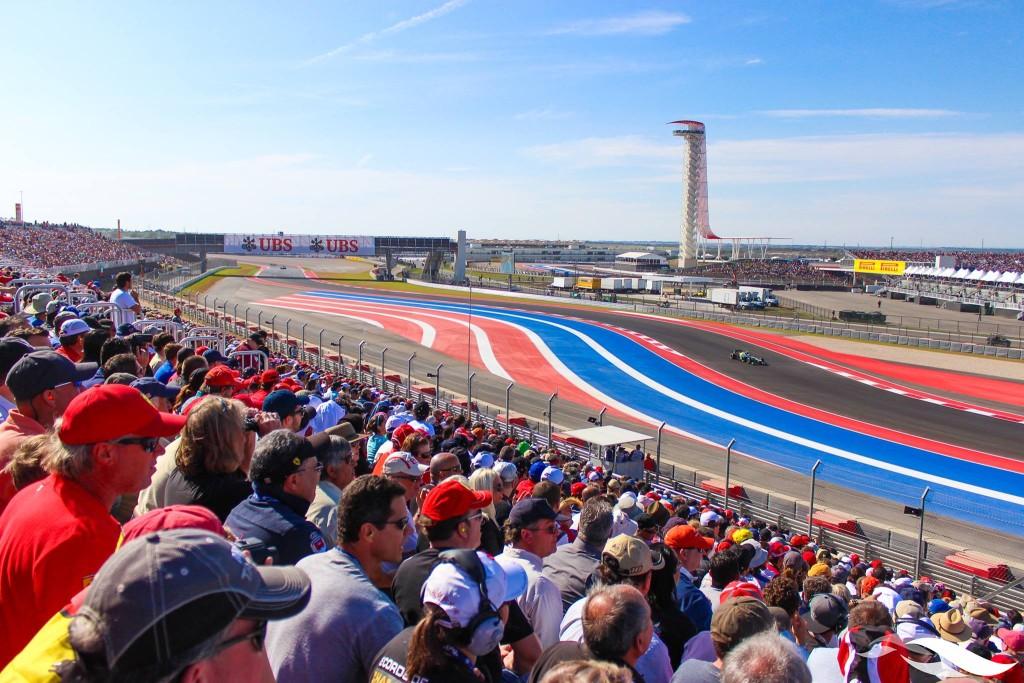
No American driver or engine supplier. Live broadcasts in the very early morning or late at night. It’s tough being an American F1 fan. At least there’s a Grand Prix in the USA, but even that has a question mark over its future. What’s wrong with the relationship between American and Formula1? Charlie White investigates.
Additional reporting by Andrew Balfour.
There’s an old saying about American F1 fans; ‘too dumb for opera, too smart for NASCAR.’ Formula 1 has always been a niche motorsport in the USA, dwarfed in popularity by low-tech NASCAR and America’s homegrown open-wheel series, IndyCar. Many stateside motor racing fans just don’t see the point of F1 and American manufacturers would seem to agree. F1 supremo Bernie Ecclestone has recently been quoted as saying he would like to see six American races on the F1 calendar. This seems preposterous considering that this huge and important market is struggling at present to keep the one race that it does have.
History
The United State Grand Prix has had many homes since the advent of the modern World Championship in 1950. In the early years, the Indianapolis 500 was part of the Formula 1 calendar, though it didn’t actually feature many European entries. Watkins Glen, which held the race for 20 years from 1961-1980, was perhaps the most well established venue.
The period from 1976-1984 even featured two American rounds (and three in 1982!). Since then, we have seen a succession of largely unsuccessful street circuits, a return to Indianapolis – which started well but ended acrimoniously – and many barren years with no F1 race at all. It’s only in the last few years that the race has been re-established, this time at the purpose-built Circuit of the Americas (COTA) in Austin, Texas.
- 1950-1960: Indianapolis 500
- 1958, 1960: USGP (Riverside)
- 1959: USGP (Sebring)
- 1961-1980 USGP (Watkins Glen)
- 1976-1983: USGP West (Long Beach)
- 1981-1982: Caesars Palace Grand Prix (Las Vegas)
- 1982-1988: Detroit Grand Prix (Michigan)
- 1984: Dallas Grand Prix (Texas)
- 1989-1991: USGP (Phoenix)
- 1992-1999: No race held
- 2000-2007 USGP (Indianapolis)
- 2008-2011: No race held
- 2012-2015 USGP (COTA)
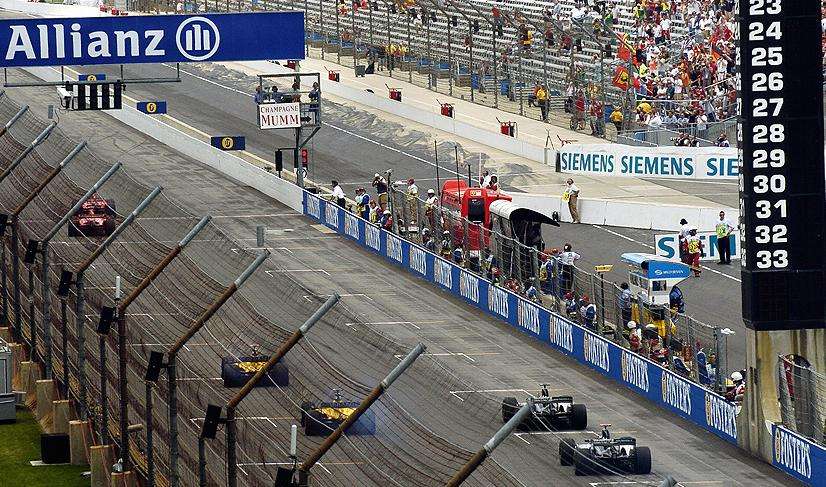
Return to Indy
When the sport returned to the USA (after a 9-year gap) for the USGP at Indianapolis Motor Speedway in 2000, it was the first time an F1 race was broadcast live on a major television network in decades. Almost 190 000 fans showed up for the inaugural race. While that may sound impressive, it’s nowhere near the capacity of the brickyard, which regularly sells out its almost 500,000 seats for the annual Indianapolis 500. The track on F1 weekend looked almost deserted on television with huge, empty grandstands in the background.
Fast forward five years and F1 spat in the faces of American fans with what is widely considered the ultimate low point of modern F1, especially in the USA. Just six cars competed in the 2005 USGP after the Michelin-shod teams withdrew from the race over safety concerns. When the track could not secure a title sponsor for the race, it was dropped from the F1 calendar after 2007.
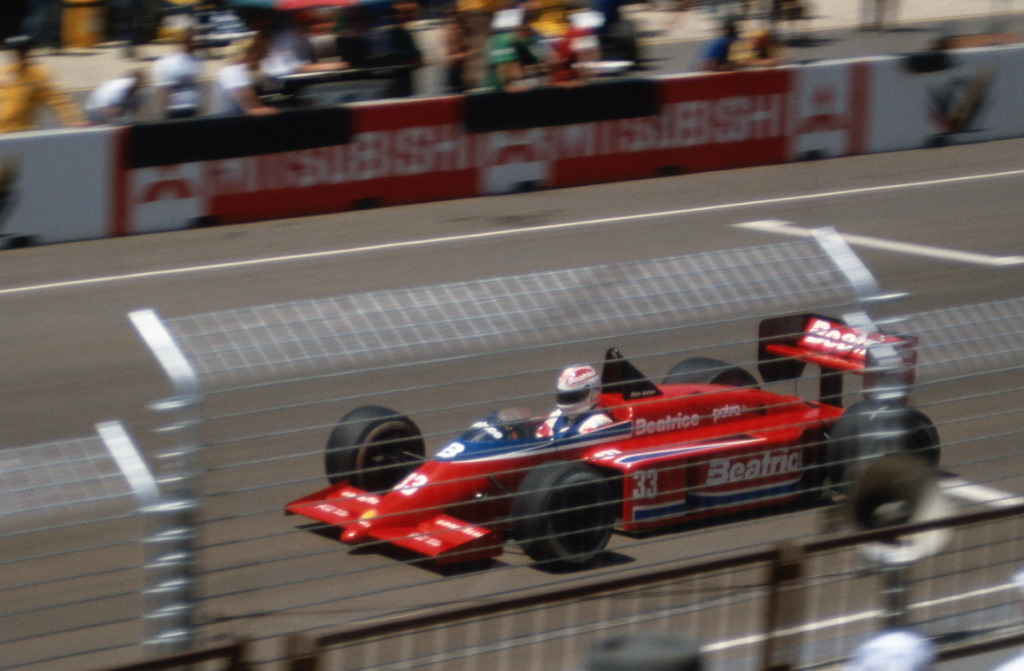
American involvement in F1
The last great F1 driver from the USA was Mario Andretti, who won the Championship in 1978. Since then, it’s been slim pickings. Scott Speed spent two years at Torro Rosso in 2006-2007 with little success, whilst the talented Alexander Rossi drove 5 races last year for backmarkers Manor, but failed to secure a drive for 2016.
There is no American manufacturer in the sport, despite the relative attractiveness of the present hybrid V6 race engine specifications. Ford is one of F1’s hallowed names, a marque that made history with their famed Ford/Cosworth DFV engine, which virtually every team (with the exception of Ferrari) used at some point between 1968 and 1994. General Motors has no interest in F1; it’s just too esoteric and expensive. Chrysler is no longer an American brand since it was taken over by Fiat.
Three of the four present F1 engine makers sell cars in the United States; it’s the biggest market outside their home countries for Honda and Mercedes-Benz, and Ferrari sells 65% of its cars stateside. They should be the sport’s best promoters, but that is not the case. Honda prefers to focus its advertising on its long-running IndyCar affiliation and whilst Mercedes-Benz does show off its championship F1 cars in some of their advertisements, it is also perceived as a niche luxury brand in America. Renault doesn’t sell its own cars in the USA, although it does promote their Infiniti brand in the states via F1 (the Infiniti sponsorship moved from Red Bull to Renault in 2016).
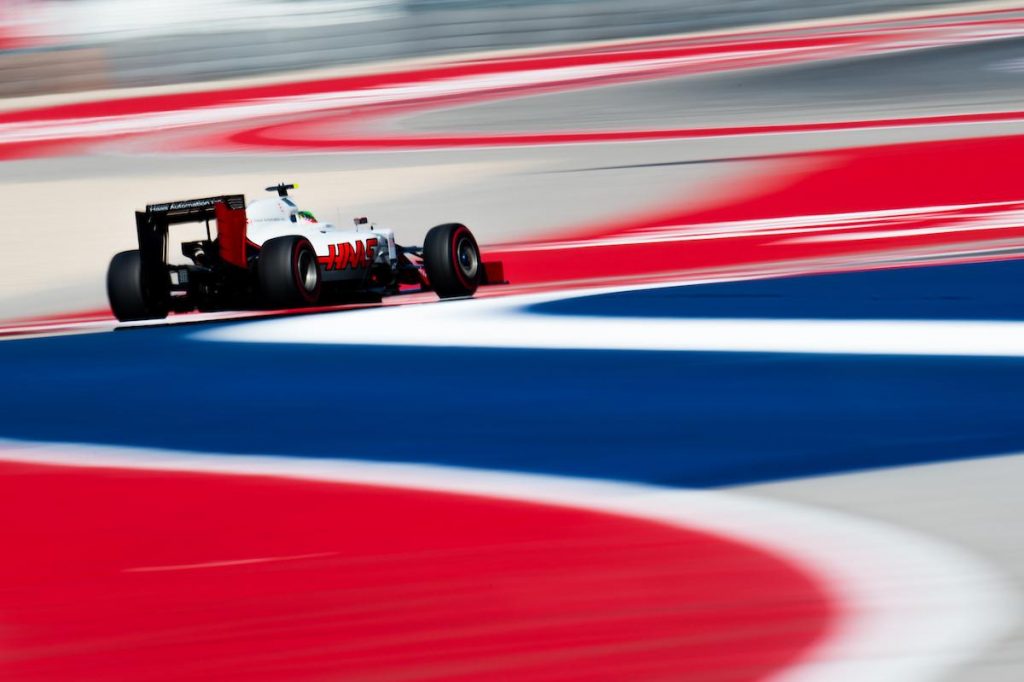
Haas to the rescue?
The arrival this year of the Haas Team, the first American team in the sport since the mid 1980s, may provide the greatest hope for future F1 success in America. The team is led by Gene Haas, a name familiar to NASCAR fans through his co-ownership of the Stewart/Haas racing team. Americans love an underdog and the Haas team may be the biggest since the U.S. hockey team in the 1980 Winter Olympics. With point-scoring finishes in two of the first three races in 2016, the signs are promising.

Future of the US Grand Prix
Since rejoining the calendar in 2012, the United States Grand Prix has been well supported by local fans at Circuit of the Americas, though attendances have fallen off each year. The return of the Mexican Grand Prix hasn’t helped and last year’s torrential storms on Grand Prix weekend were just plain bad luck. For a while, it looked like COTA would be joined by a new event, the Grand Prix of America in New York. But this race, which was to be staged from 2013 on the Port Imperial street circuit in New Jersey, was a victim of lack of funds. Bernie Ecclestone has also been talking up a return to Las Vegas and rumors of other American races in the pipeline surface from time to time.
Everyone in the sport wants the USGP to stay on the schedule and Austin is a popular city. Despite the sport’s current troubles, American F1 fans continue to follow Formula 1. It is a fractured relationship that can be repaired, but time is running out.

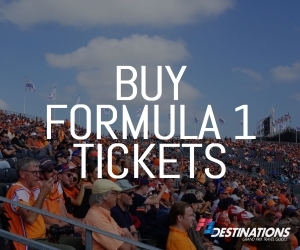


A year later Barrichello won the U.S. Grand Prix? That was 2002, not 2006. And only 6 drivers raced in the 2005 debacle of a race.
Thanks for pointing out these errors Tim, which have now been fixed
Good background on the difficult relationship between the US and F1.
I would say that there are several large impediments to F1 popularity in the US:
• the lay of the land for F1 in the US, is much like soccer. The US already has a popular form of “football” in the NFL. It doesn’t need the world’s version of “football” aka soccer. Of course, soccer has been doing better, but it’s taken huge investment, and huge participation, and it’s still pretty much a niche. Since the US already has NASCAR on a weekly basis, and Indycar, the 3 North American F1 races are a curiosity for the average American. HaasF1 might draw a casual glance from the NASCAR fan who recognizes the Haas team in NASCAR, but it’s not any different than a NASCAR fan who knows that Roger Penske and Chip Ganassi have both a CUP team and a Indycar team. Doesn’t necessarily make them an avid fan of Indycar.
• the cost is just too great, considering the similar product a motorsports fan can get in NASCAR or Indycar. F1 is just not a good value. NASCAR and Indycar cost less and provide better access to the fans.
• the lack of race dates. Obviously with 41 official race dates for NASCAR, and the 15 to 20 race dates for Indycar, the US race fan has plenty of motorsports to go to. If they were to add F1 to their interests, do they spend more, or do they spend less on their other interests? Do you realize how much NASCAR and their sponsors spend on marketing?
Bernie likes to blame US promoters, but it’s just like the US fans, US track promoters can do the math. They can host an F1 race and spend $25M to $40M for a sanctioning fee, or spend 1/10th that amount on hosting an Indycar or NASCAR race. And, they’ll get more tickets sold, at a lower price, and they get to keep concessions and signage fees, etc. Why would a US promoter want to lose money on hosting an F1 race, when they can make money on hosting something else? COTA loses money unless they can get a gov’t subsidy. Virtually every other F1 track requires gov’t subsidies. NASCAR races and Indycar races don’t get subsidies from the gov’t. They have to make it like any private enterprise.
Look at Long Beach. That started out as an F1 race and was successful. The promoter, Pook, is English and obviously understands F1, and is a buddy of Bernie’s. He’d rather host an Indycar race because it can make money or at least break even, whereas F1 is just a non-starter. The same with Watkins Glen. It used to host a successful F1 race ,and now it hosts NASCAR. These promoters know the economics and they’ve done the wise thing and promoted races that are sustainable. F1 is not and has never been very sustainable. Bernie milks new tracks dry, and when the money runs out, he runs off to the next country he can fool. I mean there are at least 200 countries he can milk before he runs out of fools. Of course, gov’ts change, so he can probably fool those countries again.
How do you solve the problems F1 faces in the US? Seems impossible. The only possibility I can think of is if you had a dominant NASCAR driver like Jimmie Johnson, or 10 years ago, a Jeff Gordon, or 20 years ago, a Dale Earnhardt, at the peak of their career, switch from NASCAR to F1, and say how they’ve always wanted to compete at the top. That would put it in the minds of those fans that their series is not the pinnacle and that there is a higher level. Then, they might show some interest, because people always want to watch what they perceive as the best. As long as US fans think they are watching the best in NASCAR or Indycar, they won’t feel any inclination to switch and watch F1. Look at how they diss former F1 and Indycar drivers who try NASCAR and don’t dominate.
In my opinion, HaasF1 should have tried to get Jeff Gordon, who just retired, to be a co-Principal with Gunther Steiner, and they should nurture a young driver for F1. Back in the day, probably 10 years ago, I think Penske and/or Ford wanted to get a F1 test for one of the Busch brothers, Kyle or Kurt. But just like with Jeff Gordon ages ago, it was far too easy for them to go straight to NASCAR where the driver can make a fortune and not have to take a risk in a foreign country.